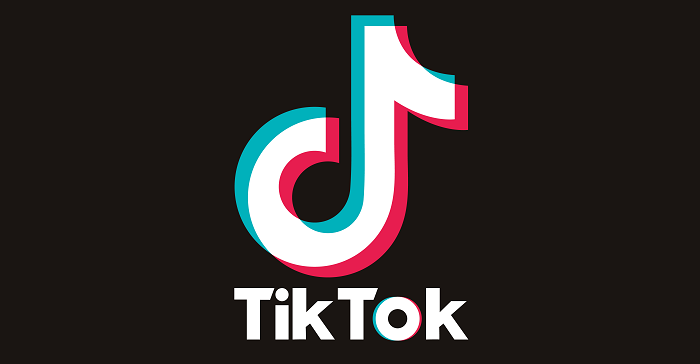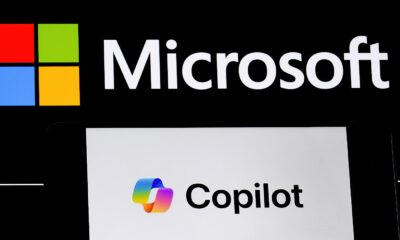SOCIAL
TikTok Looks to Reassure US Authorities that US User Data is Not Being Shared with the CCP

After an FCC Commissioner called on Apple and Google to ban TikTok from their app stores last week, due to concerns that the app could be used as a surveillance tool, of sorts, by the Chinese Government, TikTok has sought to reassure US users that their data is safe.
As explained by TikTok:
“The security of the data our community entrusts us with is a top priority at TikTok, despite recent reports questioning that commitment. We have sent a letter to Congress addressing these issues and others, and also want to share with our community the steps we take to secure our US user data, as well as where we’re headed in our commitment to keeping US user data safe, private, and secure.”
TikTok points to its recent system updates, which now see all of its US user data routed through Oracle Cloud Infrastructure, keeping more US user data within the US, while it’s also developing its US-based engineering capacity in order to reduce the need for data transfers across regions.
“As we recently shared with members of Congress, we are working toward a new system in which access to US user data by anyone outside of USDS will be limited by, and subject to, robust data access protocols with monitoring and oversight mechanisms by Oracle.”
Though right now, TikTok says that some Chinese staff from parent company ByteDance can access US user data, in limited capacity.
“Like many global companies, TikTok has engineering teams around the world – including in Mountain View, London, Dublin, Singapore, and China – and those teams might need access to data for engineering functions that are specifically tied to their roles. That access is subject to a series of robust controls, safeguards like encryption for certain data, and authorization approval protocols overseen by our US-based leadership/security team. To facilitate those approvals, we also have an internal data classification system; the level of approval required for access is based on the sensitivity of the data according to the classification system.”
So theoretically, US user data is accessible, in some form, by TikTok’s China-based staff, which could be a security vulnerability, under China’s strict cybersecurity laws. But TikTok’s working to assure US users, and authorities, that such access is very limited, and does not pose a risk, as such, based on how that information could be used.
Will that be enough to stave off another round of scrutiny on the app?
A lot of that will largely depend on the actions of the CCP, which is at odds with the US, and other governments, on several major fronts at present.
The Chinese Government has thus far refused to condemn the Russian invasion of Ukraine, the most significant world power to withhold its judgment on Russia’s military action, while China has also been encroaching on Taiwan’s borders in a show of force, which has seen the US offer strong support for Taiwan, in case of further action.
Such tensions raise the specter of even greater conflict, and as China continues to build its military forces, and establish new naval bases in the South Pacific, that underlying concern continues to reiterate questions about TikTok, and what its massive data trove could be used for in case of further escalation.
To be clear, there is no evidence that the CCP has called upon TikTok to share US user data in any capacity, and it may never do so, while TikTok’s advanced measures to separate region-specific data do go some way towards alleviating concerns.
But while China remains at odds with the rest of the world on several key fronts, there will always be questions as to how TikTok might end up caught in the middle, which, like India, could see it cut off from other regions as a result.
TikTok further notes that it’s created a new division called ‘US Data Security (USDS)’ – ‘to bring heightened focus and governance to our ongoing efforts to strengthen our data protection policies and protocols’. But again, none of this will matter if the Chinese Government continues its various stand-offs with other regions. And if tensions escalate, even a little, that could well be disastrous for TikTok’s growth plans.
Because if the US were to decide to ban TikTok, other regions would follow, while if Apple and/or Google decided to remove the app, all regions would be cut off anyway.
It seems unlikely, right now, that TikTok could be banned entirely, based on current conditions. But things can change quickly, and the latest concerns underline the continued scrutiny of the app.


















You must be logged in to post a comment Login